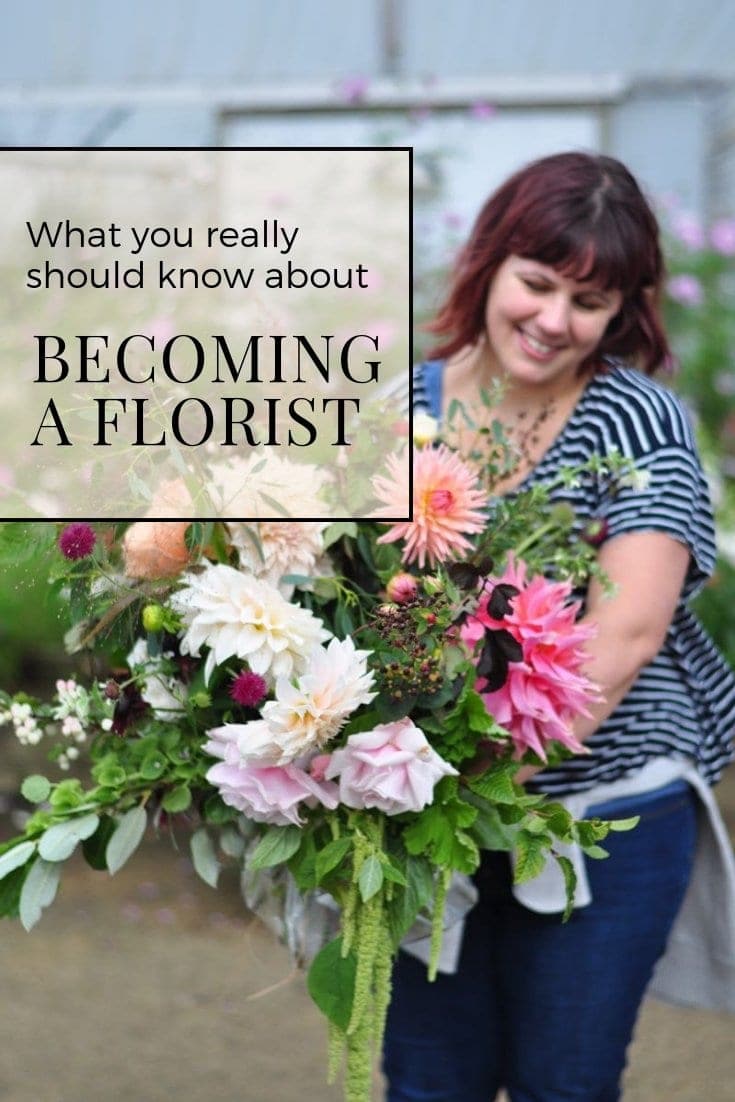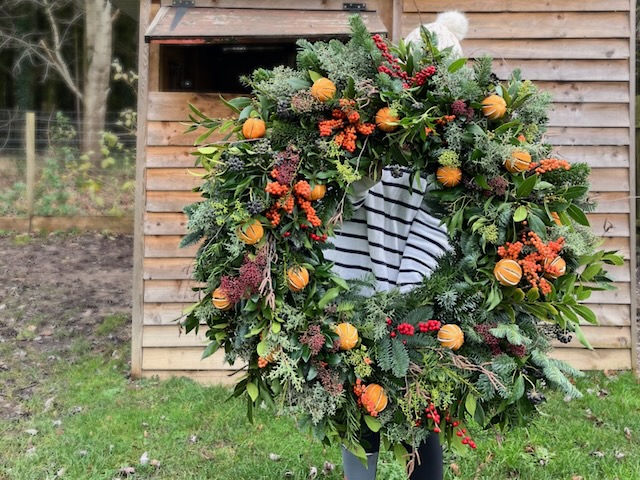
So, you’re thinking about becoming a florist? Welcome to the wild, all-consuming world of blooms and everything that comes with it! I genuinely love my career; it’s a passion that runs deep. I've been in the floristry game since I was 16, and my enthusiasm is just as strong today. But, oh, there are definitely a few things I wish I’d known before diving in. If floristry is on your radar, stick around to hear what I wish I'd known!
This seems obvious now, but when I applied for that traineeship years ago, I genuinely thought my days would be filled with creative tasks. Don’t get me wrong—there’s plenty of beauty. But there are also tasks on the less glamorous side: waking up at 5 a.m., stripping thorns from thousands of roses (ouch!), bleaching buckets, being on your feet all day, braving the winter cold (flowers aren’t fans of cosy 20°C offices!), and dealing with the smell of week-old returns. Floristry isn’t just arranging the pretty; it’s all the hard graft behind the scenes.

This was one of my biggest learning curves when I first started my business. I completely underestimated just how intense peak periods would be! Though I’d worked in a flower shop over busy seasons, I hadn’t felt the full weight of making sure every single detail was perfect for each client. Seasonal demands can be challenging for any florist. The pressure of Christmas, Valentine’s Day, and Mother’s Day means we go from a typical working week to achieving a month’s worth of sales in just four days! Organisation, resilience, adaptability, and a strong work ethic are key. I often liken peak periods to a bustling kitchen: there’s one “chef” in charge, and the team functions like clockwork, with everyone knowing their role. Add in potential curveballs like stock delays, incorrect shipments, or unexpected demand—adaptability is essential! You also need to keep up with the natural flower seasons, so you can confidently advise on what’s looking freshest and best at any given time.
Being a florist is so much more than just selling flowers—especially when you’re running the business!
You've got to learn to wear multiple hats, switching roles quickly and efficiently. For example:
A customer walks in. Hat 1: Salesperson—You greet them and help guide their selection. They decide on a bouquet, so it’s time for Hat 2: Product Designer. After designing, you don Hat 3: Manufacturing and create the arrangement before moving to Hat 4: Packaging for a beautiful finish.
But that’s not all! Behind the scenes, you’ll need solid skills in Time Management, Problem Solving, Inventory Management, Budgeting & Pricing, and effective Communication with suppliers, customers, and other businesses.
If you’re looking to grow in floristry, there are several creative paths that allow you to showcase different skills outside of working in a flower shop. Freelance work is perfect for those who enjoy variety and flexibility, letting you work on unique projects or events while building a stunning, versatile portfolio. Hosting workshops can also be incredibly rewarding, giving you a chance to share your skills with budding florists and create a community. Or, if you thrive under pressure, managing large events can be your thing—overseeing florals for weddings or corporate events builds expertise in organisation, logistics, and high-stakes design. Each path offers its own set of challenges and rewards, helping you grow in your own unique way.
Sustainability is a significant issue in floristry that you should consider as you embark on your journey as a florist. Eco-friendly practices are increasingly vital in the industry, not just for environmental reasons but also to meet the rising consumer demand for sustainable products. Being abreast of the changes in floristry, and engaging in the information regarding eco-conscious products and practises can really set you apart. Sourcing locally grown flowers reduces your carbon footprint while supporting community growers. Additionally, look for fully certified Dutch growers and research their eco-initiatives. Opt for biodegradable materials like natural twine, paper, or compostable packaging instead of plastic. Additionally, consider using floral foam alternatives made from sustainable material, like moss, bio bricks and new products which are entering the market. Sustainability is a huge subject, but it would be amiss of me not to touch upon the issue when you are considering becoming a florist.
Instagram #greenparlour